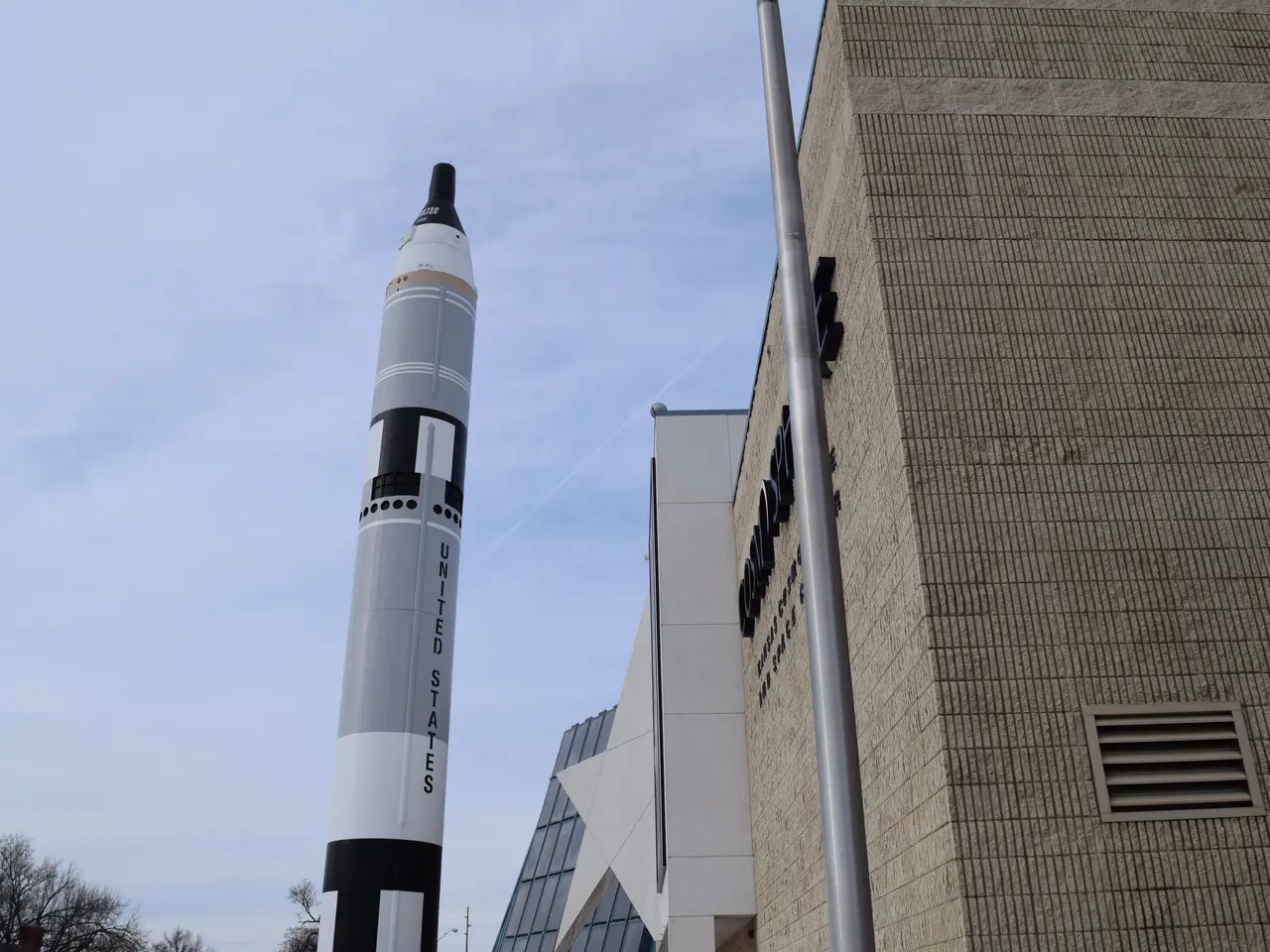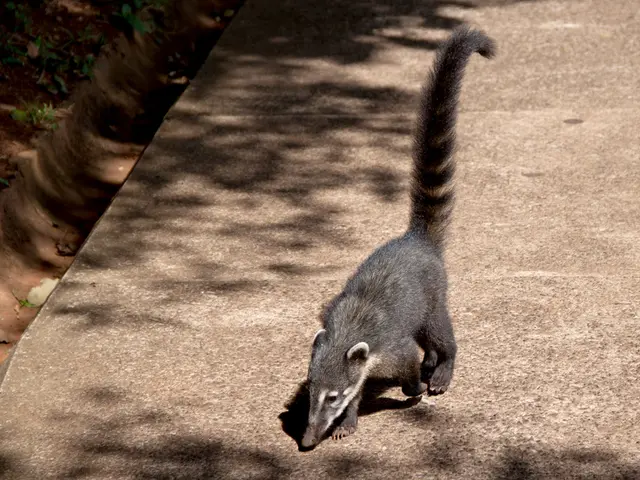Protecting the Planet from Asteroid 2024 YR4 using Nuclear Arsenal
Asteroid 2024 YR4, currently 27 million miles away from Earth, is estimated to be approximately 100 meters by 40 meters in size. While it currently poses no threat to Earth, recent updates suggest a 4% chance of colliding with the Moon in 2032 [1][2].
This potential lunar impact could have significant repercussions. A half-mile-wide crater might be created on the Moon, generating a meteor shower visible from Earth. Moreover, it could pose risks to satellites in low-Earth orbit [1][2].
The asteroid's trajectory has been revised, with Earth impact now ruled out. Instead, the focus is on the potential Moon collision [2]. However, due to the asteroid being behind the Sun, observations are limited, and it won't be observable again until 2028, when additional tracking will refine its predicted path and collision risk [2].
At present, the priority is on monitoring and precise orbit determination through improved observations. Deflection or mitigation planning would only be considered if the lunar impact probability increases significantly after 2028 [1][2][3].
Should the lunar impact risk become clearer after 2028 observations, the timeline for any response would depend on the new data and warning time. The impact year being 2032 offers about a decade for potential mission planning [1][2].
Deflecting an asteroid to protect the Moon is a complex and novel concern, as most current planetary defense protocols focus on Earth impact avoidance. For the Moon, mitigation could involve monitoring and potentially shielding or moving valuable lunar infrastructure or satellites [1][2].
Astronomer Dr. David Whitehouse has expressed concerns about asteroid 2024 YR4, emphasizing it as a genuine danger to our planet's safety. He suggests that intervention might be necessary by 2028, before the asteroid vanishes from view, offering a brief window for preventive measures [1][2].
The European Space Agency (ESA) is closely monitoring asteroid 2024 YR4 and plans to discuss its latest findings at an upcoming meeting in Vienna. The Space Mission Planning Advisory Group, chaired by the ESA, will assess the impact risk and propose potential deflection strategies [1].
Dr. Whitehouse reiterates the seriousness of the threat posed by asteroid 2024 YR4, comparing the odds of this asteroid strike to winning the lottery, albeit in reverse, stating that it's the highest probability of an impact he can recall [1].
The impending encounter with asteroid 2024 YR4 serves as a reminder of the precarious nature of our existence in the vast expanse of space. As we continue to monitor this asteroid, the quest for preventive measures and the development of effective planetary defense strategies remains a priority.
The focus on asteroid 2024 YR4 has shifted from potential Earth impact to its possible collision with the Moon in 2032, sparking concerns in the realm of environmental science and space-and-astronomy. Moreover, if the lunar impact becomes clearer after 2028 observations, news articles may cover deflection or mitigation strategies, which could involve health-and-wellness considerations if a meteor shower occurs on Earth or risks to satellites in low-Earth orbit.





